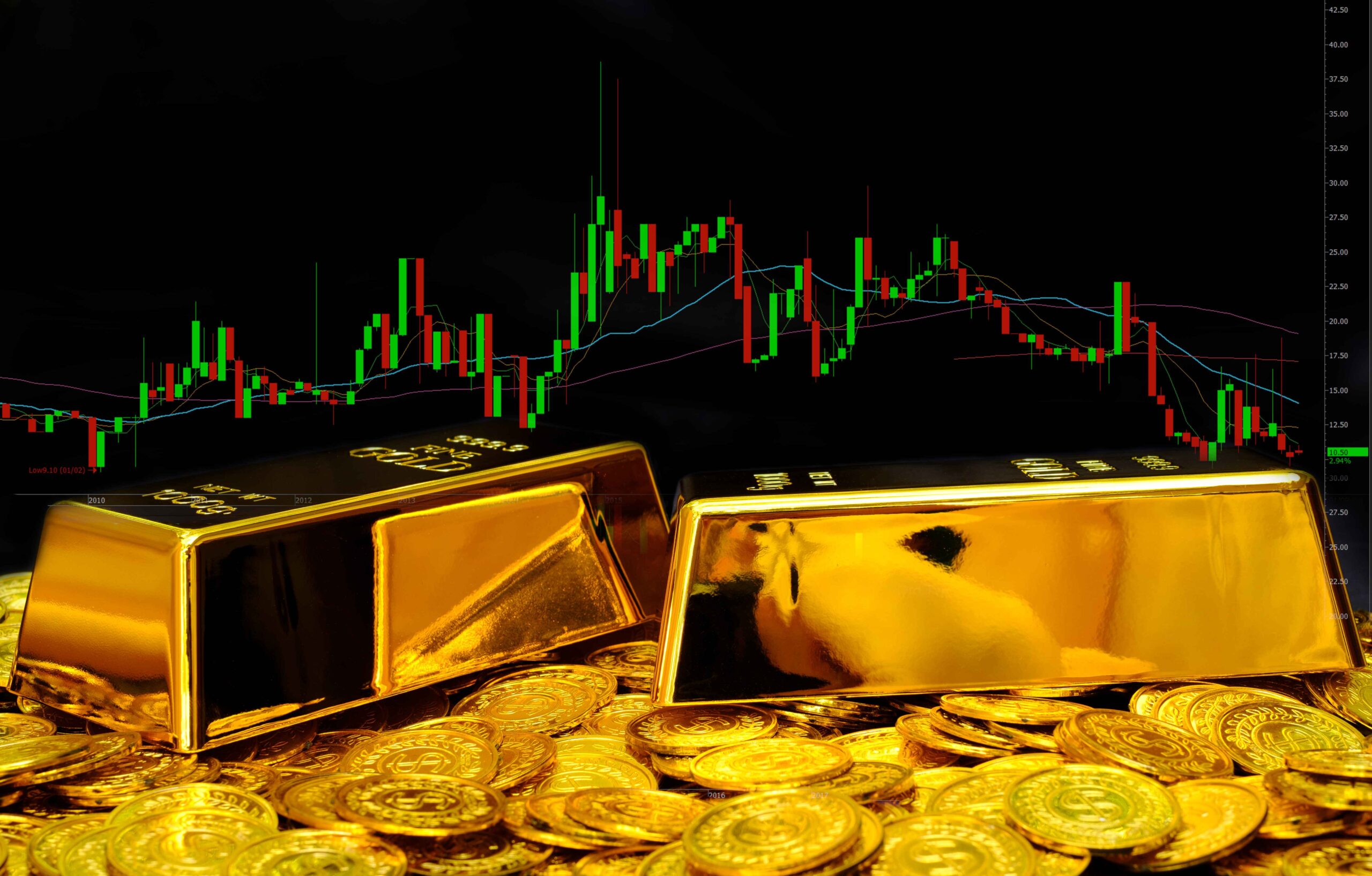Gold has once again taken center stage in global finance, surging in value as investors seek safety amid economic volatility. With geopolitical tensions, inflation fears, and regional banking instability shaking investor confidence, gold is proving to be a critical hedge and a strategic asset in uncertain times.
In this in-depth gold market analysis, we’ll explore the key factors driving recent price spikes, gold’s historical performance in crises, and what lies ahead for this timeless safe haven.
Historical Context: Gold as a Safe Haven and Inflation Hedge
For centuries, gold has been revered for its ability to preserve value. During times of inflation and currency devaluation, prices have consistently shown resilience, often rising as fiat currencies weaken.
Gold’s enduring appeal lies in its unique attributes:
- Low correlation with stock markets
- Protection against inflation and currency risks
- Reliable store of value during financial instability
During the 2008 financial crisis, it surged as investors fled riskier assets. The same trend reemerged during the COVID-19 pandemic, when central banks unleashed trillions in stimulus. As fiat currencies flooded global markets, investors turned to gold, fearing long-term inflation and declining currency strength.
These historical patterns reaffirm gold’s role as a diversification tool in investment portfolios, especially during periods of economic stress.
Gold’s Recent Rally: What’s Driving Prices Higher?
Gold prices have seen a strong upswing in recent months. This bullish momentum is not arbitrary—it’s rooted in fundamental market shifts.
Key Drivers of the Gold Surge:
- Interest Rate Expectations
The Federal Reserve’s signaling of potential interest rate cuts has made it more attractive. As real yields decline, the opportunity cost of holding non-yielding gold diminishes, leading to higher demand. - Regional Bank Instability
The collapse of key regional banks has stoked fears of a broader financial crisis. These events have shaken trust in traditional banking, pushing investors toward gold as a safe store of wealth. - Weakening US Dollar
As the dollar retreats due to dovish central bank policies, gold gains traction. A weaker dollar lowers the price for foreign investors, boosting global demand. - Geopolitical Tensions
From ongoing conflicts to trade disputes, geopolitical risks have once again highlighted gold’s role as a geopolitical hedge.
Gold vs. Market Volatility: Why Investors Are Shifting
The current market sentiment mirrors past crises, where investors have historically flocked to gold during turbulent times.
Recent example: Amid growing concerns about the health of U.S. regional banks, a domino effect ensued—leading to a spike in physical gold purchases and flows into gold-backed ETFs. Investors were looking not just for returns, but capital protection.
Gold’s appeal in this environment is crystal clear:
- Stable liquidity even in stressed markets
- Protection from inflation and economic shocks
- Enhanced portfolio diversification
This is especially important as traditional portfolios (60/40 stock-to-bond allocation) struggle to deliver consistent returns in today’s volatile macro environment.
Case Study: Regional Bank Crisis and Gold’s Rise
A recent regional bank crisis in the U.S. illustrates gold’s role as a crisis asset. When a prominent bank reported excessive loan defaults, panic ensued. Depositors rushed to withdraw funds, sparking systemic fears across the regional banking sector.
Investor response:
Within days, demand skyrocketed. Gold ETFs saw a sharp increase in inflows, and physical gold dealers reported record sales.
Why Gold Became the Go-To Asset:
- Perceived Safety: Trust in banks eroded, while gold’s historical safety reputation held strong.
- Liquidity: Investors needed assets that could be converted quickly.
- Inflation Hedge: As the crisis raised inflation concerns, gold became the logical safeguard.
This scenario reinforced a core truth: When confidence in financial systems weakens, gold strengthens.
Precious Metals in Portfolio Strategy
Gold isn’t just a defensive asset—it’s a strategic component of modern portfolios. Its ability to reduce portfolio volatility and provide downside protection makes it an essential hedge.
Key Benefits of Gold in Investment Portfolios:
- Inverse correlation with equities during market downturns
- Protection during stagflation and currency devaluation
- Diversification across economic cycles
Financial advisors and strategists now commonly recommend allocating 5–10% of a portfolio to precious metals, particularly in times of macro uncertainty.
Expert Insights and Strategic Outlook
Leading market strategists are keeping a close eye on monetary policy, inflation data, and central bank behavior. Their consensus? Gold still has room to run.
As interest rates plateau or decline, and inflation persists, it stands to benefit from both macro tailwinds and investor sentiment shifts.
What Analysts Are Watching:
- Upcoming Fed rate decisions
- Continued pressure on regional banks
- Global macroeconomic slowdowns
- Potential geopolitical escalations
In this evolving landscape, gold’s strategic value is only growing.
Looking Ahead: Predictions for Prices
With central banks expected to maintain dovish stances and the potential for further banking stress, gold’s upward momentum may persist through the coming quarters.
Potential Bullish Scenarios:
- Aggressive rate cuts by the Fed
- Escalation of financial sector instability
- Renewed inflationary pressures
- Global economic slowdown
That said, investors must also weigh the risk of temporary corrections or profit-taking following large rallies.
Strategic Tip: Enter gold positions gradually, monitor macroeconomic indicators, and maintain a long-term horizon.
Conclusion
This gold market analysis highlights a compelling narrative—gold is not just a relic of the past, but a vital asset for today’s uncertain economy. From its role as an inflation hedge to a safe haven in times of crisis, it continues to validate its place in modern portfolios.
As central banks adapt to economic challenges and financial markets remain volatile, investors would be wise to consider gold’s strategic value. Whether you’re hedging against inflation, diversifying your portfolio, or simply looking for a store of value, it stands as a beacon of stability.
Click here to read our latest article on Expert Gold Price Forecast




